'Our students are hurting': Youth mental health in Wisconsin
The number of K-12 students around the state who report feelings of anxiety, hopelessness and self harm is surging, leaving educators in search of more financial support to offer counseling and care.
By Steven Potter | Here & Now
May 12, 2023
Warning: This story reports on issues of mental health and suicide.
Students today have many of the same challenges they’ve had for generations – they need to keep up with classwork while juggling things like sports, part-time jobs and friendships.
But students today are also dealing with a new challenge: an increase in problems with their mental health.
“Our students are hurting right now in a way that I’ve never seen in my 15 years of education,” said Jocelyn Lepinski, an assistant principal at Madison East High School.
Reggie Lahti, a 17-year old junior at Merrill High School in northern Wisconsin, agreed: “It’s prevalent everywhere – you can’t walk through a classroom without seeing someone who might be struggling.”
Experts say that not only are these problems widespread, but if left untreated, mental health problems can – and in many cases already do – have very severe consequences.
“We’re seeing a lot more struggles and this trend has been going on for a while now,” said Jess Frain, a school mental health consultant with the Wisconsin Department of Public Instruction. “We see a lot of increases in suicidal ideation as well as suicide attempts. So some really alarming stuff. And again, it’s been trending for a while, but seems to really be on an uptick lately.”
While every student is unique and each faces their own challenges, many young people across the state say they struggle with similar mental health issues, such as anxiety, isolation and depression.
Statistics from DPI’s 2021 Youth Risk Behavior Survey, released in December 2022, lists the specifics:
- 52% of students reported having anxiety.
- 34% of students said they were sad or hopeless every day.
- 22% of students reported harming themselves.
- 25% of female students have seriously considered suicide.
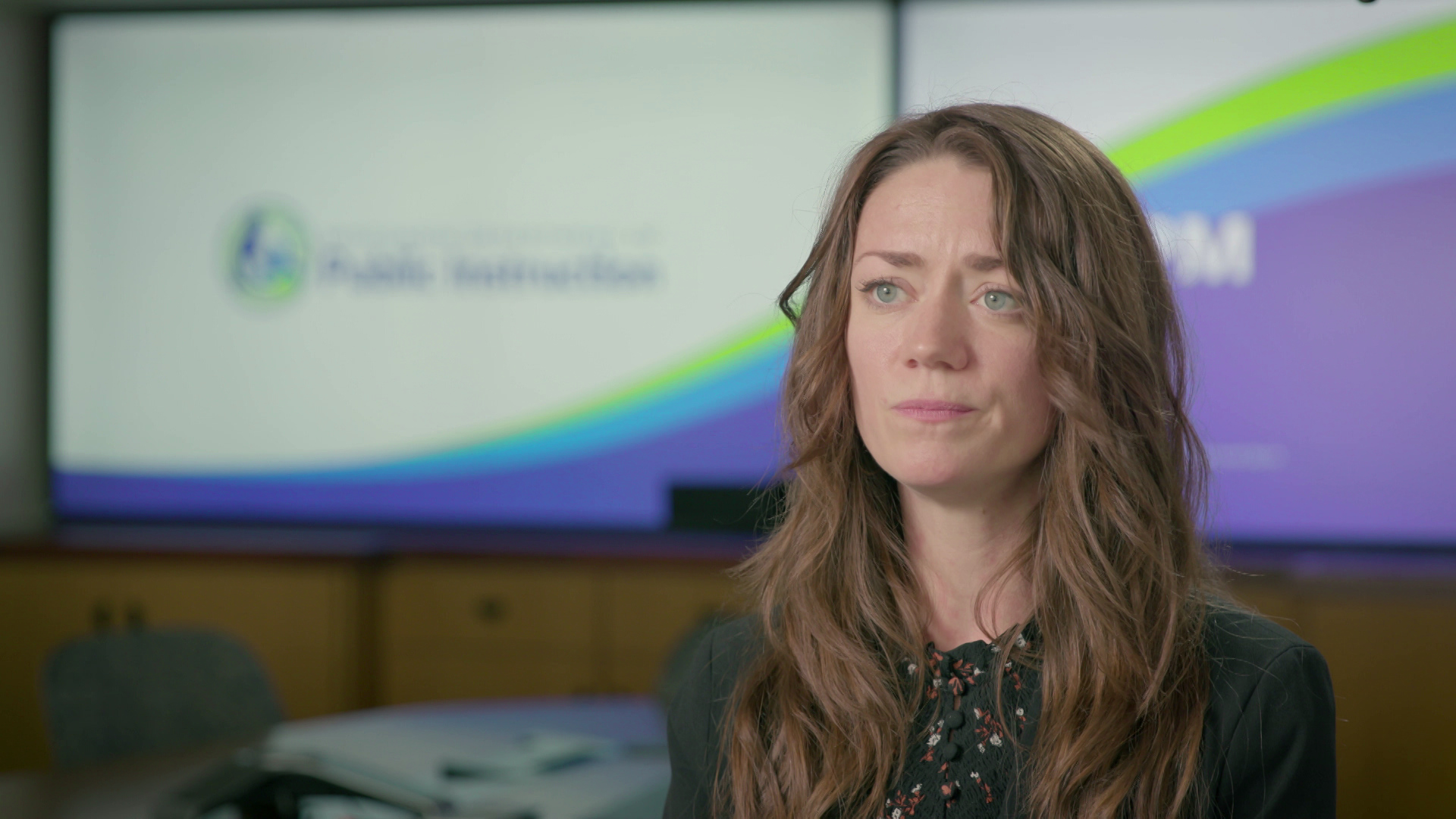
Jess Frain is a school mental health consultant with the Wisconsin Department of Public Instruction. She says the amount of suicide ideation and attempts by students in the state is growing. “it’s been trending for a while, but seems to really be on an uptick lately,” she says. (Credit: PBS Wisconsin)
“There is a lot of different research and studies looking into the root cause of what we’re seeing now with our youth mental health,” explained Frain. “Youth are dealing with a lot of things that us adults didn’t deal with when we were younger, [such as] a lot more information coming at them all of the time [and] trying to kind of figure out how to manage their own emotions, how to process big information.”
“With the pandemic in the middle of all this, that’s something that was pretty jarring,” she added. “Being a youth during something like that, during a national trauma, is going to really disrupt some of their own growth — their emotional growth, their brain development. And now we’re kind of seeing the after-effects of that.”
In addition to the COVID-19 pandemic, young people today are also navigating extreme political division, heavy use of social media, as well as fear of gun violence and economic uncertainty.
“A lot of what we see with our students is them trying to find their place in the world — and I think that’s that hopelessness piece. It’s not the best place out there in the world,” Lepinski said. “Between climate change and any of the fractious behavior we have between humans, it’s hard for them to look out of that and think, ‘Yeah, I have a future.'”
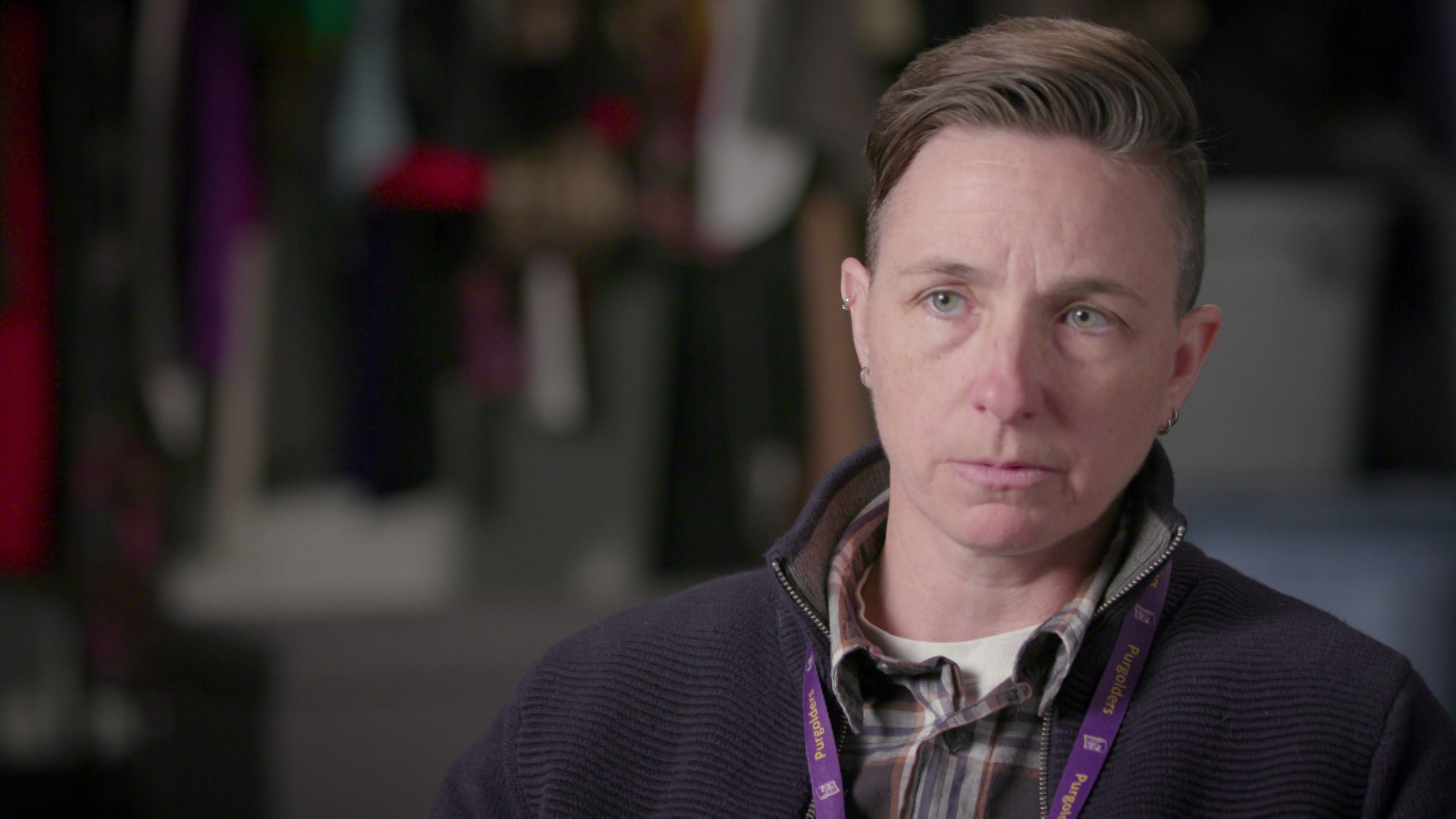
Jocelyn Lepinski, an assistant principal at Madison East High School, says students who are trying to find their place in the world are daunted by strife and uncertainty around the world. “Our students are hurting right now in a way that I’ve never seen in my 15 years of education,” she says. (Credit: PBS Wisconsin)
Ava, a 17-year-old in Winnebago County, has been dealing with mental health challenges for years.
“I always had really bad anxiety, and it started when I was really little with my mom and separation anxiety,” she said. “Then it kind of spiraled into a little bit of depression because I feel like depression and anxiety goes hand-in-hand.”
“And there’s like some traumatic events that happened in my life that can cause them to get worse,” Ava continued. “I realized as I got older that it’s building up and needs to be talked about and I needed someone to help guide me.”
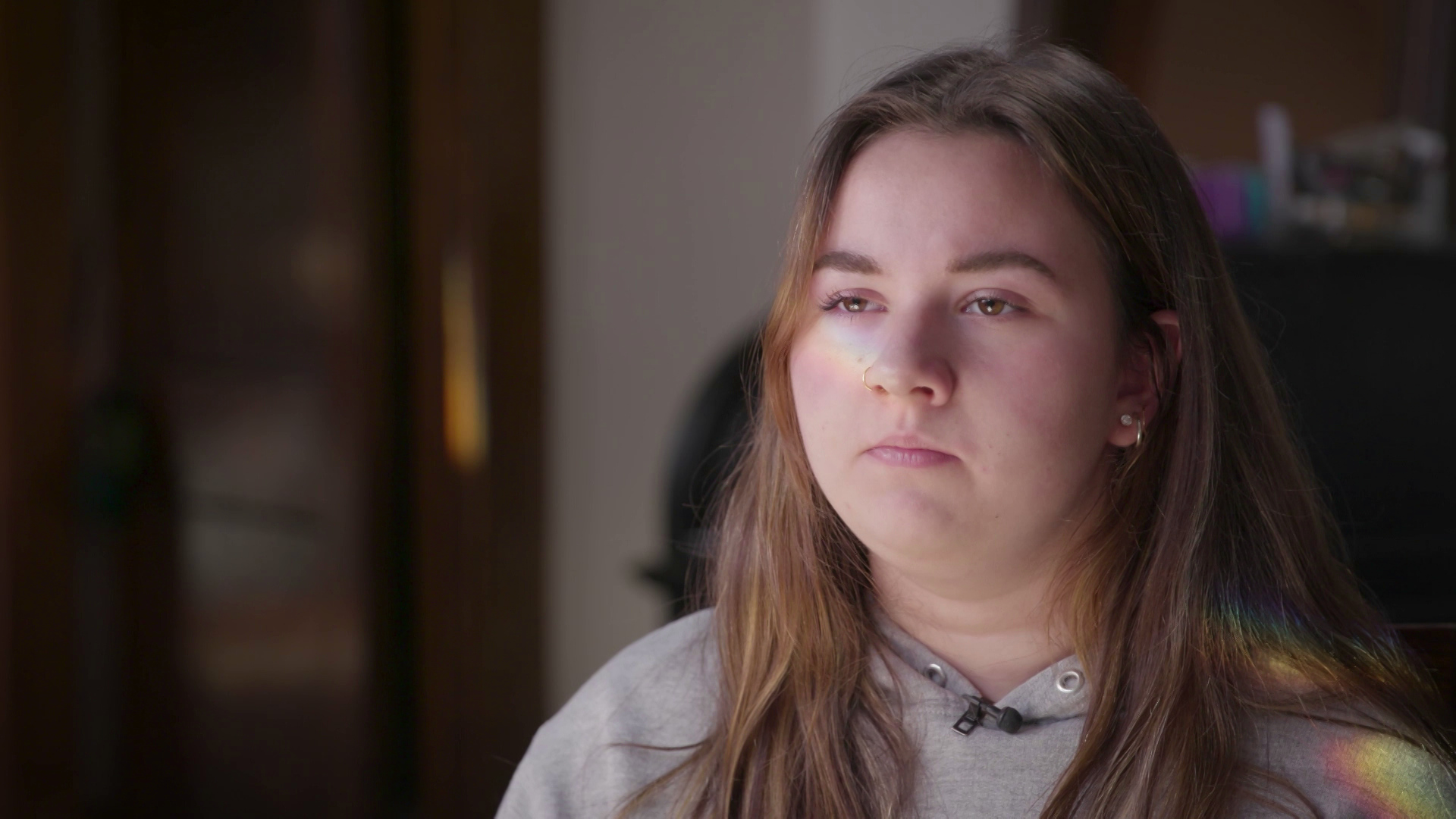
Ava, a 17-year-old student in Winnebago County, has sought help after facing mental health challenges for years. (Credit: PBS Wisconsin)
Over the years, Ava’s mental health struggles have also impacted her physical health.
“I have psychological, non-epileptic seizures due to a traumatic event in my life,” she explained. So, when there’s a “build up of anxiety from being in fight or flight mode, my body physically will freeze.”
Ava has been able to find counseling and has enrolled in an alternative high school program, but not all students in Wisconsin are able to get the therapy and support they need.
According to data from the University of Wisconsin Population Health Institute, there is an extreme lack of mental health providers in Wisconsin’s rural counties. Some of the worst areas in the state include:
- Florence County has just one counselor or therapist for every 4,300 residents.
- Pepin County has just one mental health provider for every 7,300 residents.
- Buffalo County, at the bottom of the list, has just one mental health provider for every 13,000 residents.
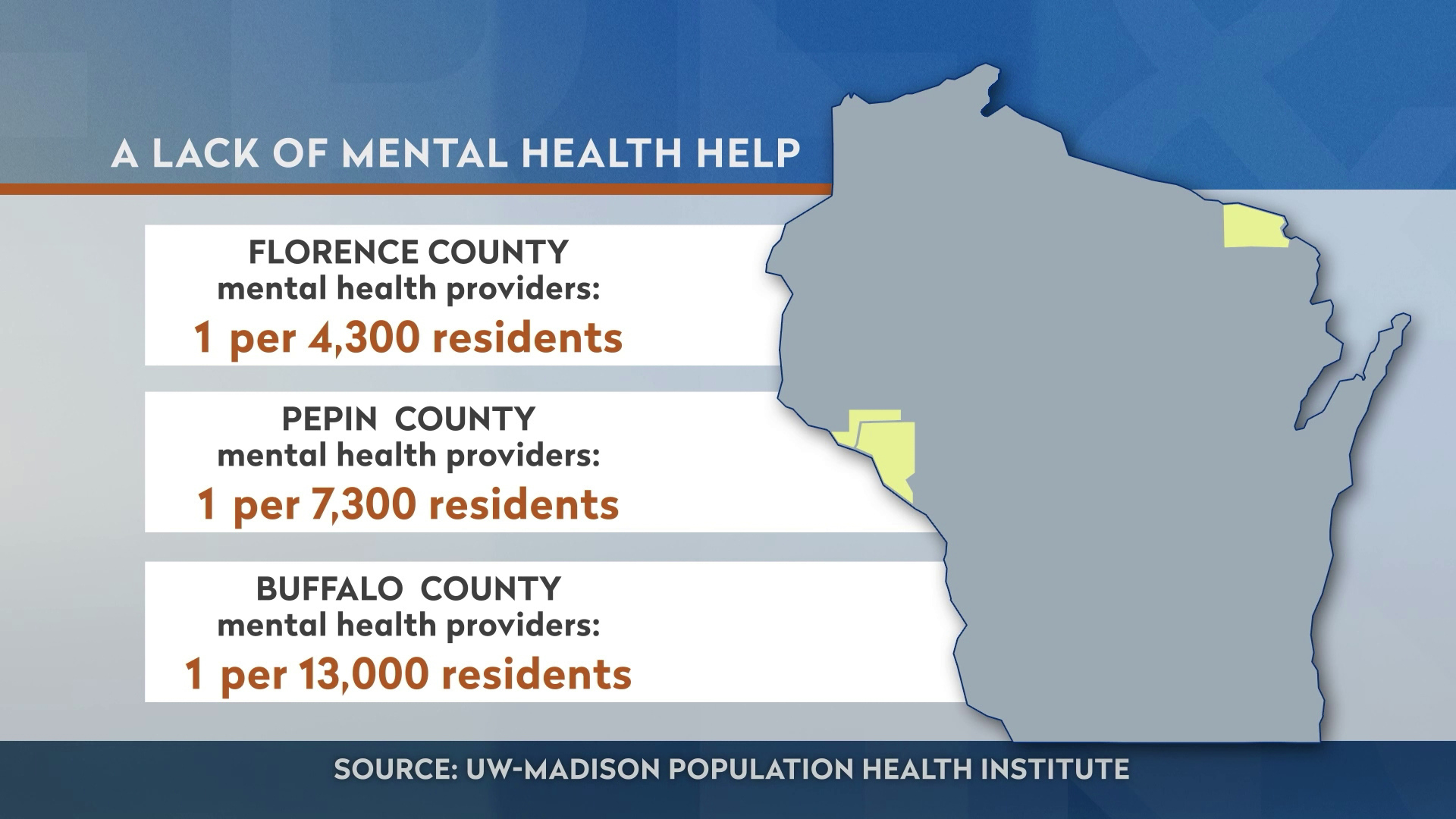
Rural counties in Wisconsin have particularly few mental health providers available to help local residents with their needs. (Credit: PBS Wisconsin)
The American School Counselor Association recommends that there be one in-school counselor for every 250 students. However, Wisconsin averages one counselor for every 378 students.
As a school psychologist for more than 30 years, UW-La Crosse professor Rob Dixon has seen this staffing shortage problem firsthand.
“When you’re dealing with a shortage of some of those important staff members and an increase in the number of mental health concerns, it kind of hits it both ways,” said Dixon. “That’s something that we’re trying to deal with.”
To help, UW-La Crosse has created an online program for teachers who want to become school psychologists with a goal of attracting rural educators.
“We deliver something in a way that they can keep their jobs and keep their roots in their community, but just add the skills,” explained Dixon, “so they help the kids that they know in their community.”
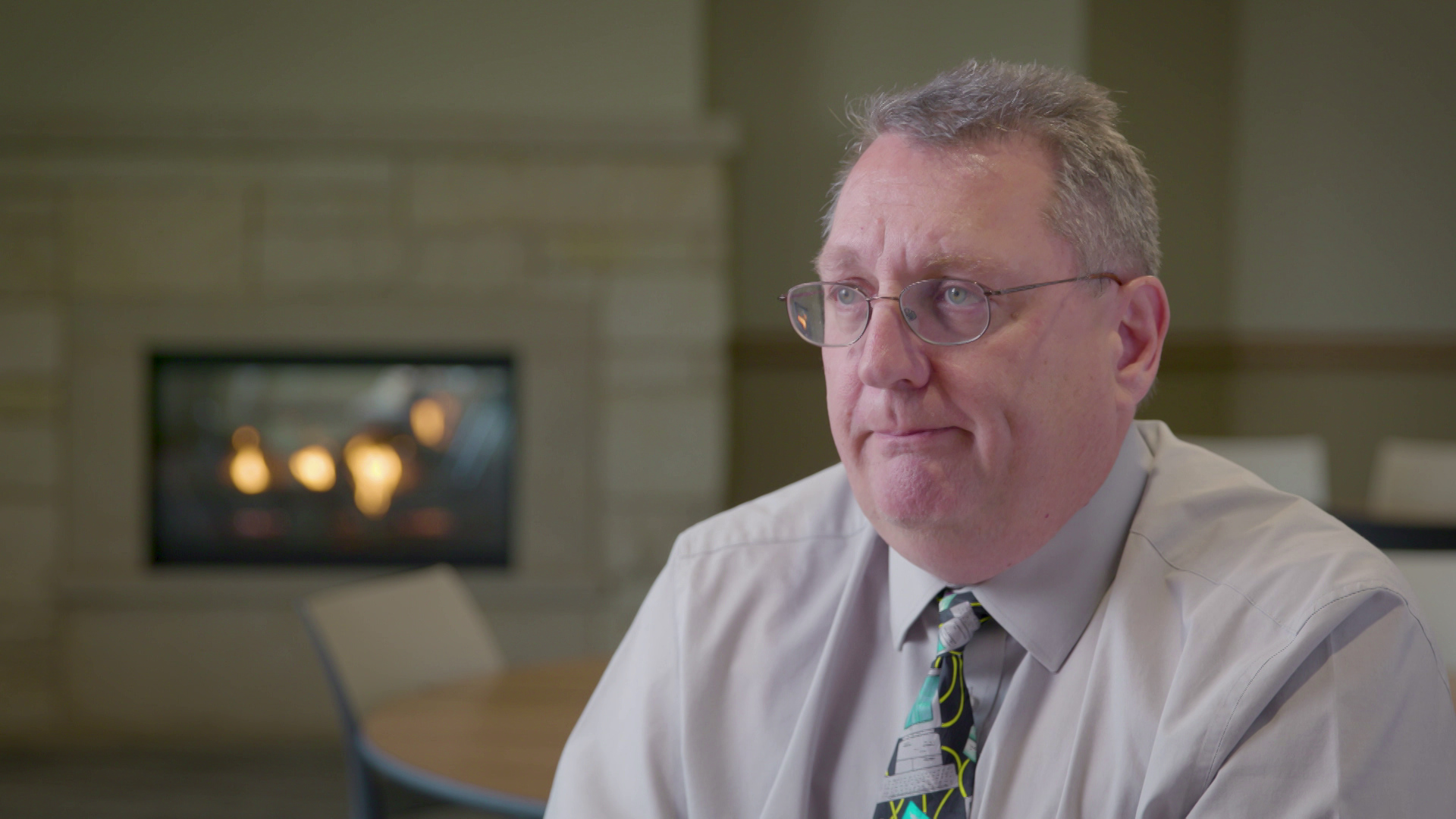
UW-La Crosse psychology professor says the campus has started a school counselor training program to help provide more staff for schools, particularly in rural areas. “We deliver something in a way that they can keep their jobs and keep their roots in their community,” he says. (Credit: PBS Wisconsin)
But, mental health experts say students need a lot more help right now, and that means more state funding.
At his State of the State Address in January, Gov. Tony Evers said, “I’m declaring 2023 the Year of Mental Health.”
Since then, the Democratic governor has laid out a plan that included more than $250 million specifically for student mental health initiatives. Republicans on the Joint Finance Committee, however, stripped all of that from the state budget.
- Gov. Tony Evers declared his priority for 2023 to be the “Year of Mental Health” in Wisconsin when delivering his State of the State address before a joint session of the Wisconsin Legislature on Jan. 24, 2023. (Credit: PBS Wisconsin)
- State Sen. Howard Marklein, state Sen. Duey Stroebel and state Sen. Mary Felzkowski, Republican members of the Wisconsin Legislature’s Joint Committee on Finance, participate in a public hearing held in Waukesha on April 5, 2023. (Credit: PBS Wisconsin)
Still, state Sen. Rachael Cabral-Guevara, R-Appleton, recognizes the problems young people are having.
“I’m very saddened that kids are struggling,” she said. “When I think back to my time [in school], these are not things that I personally struggled with to the extent that I’m seeing that kids are struggling with today.”
Cabral-Guevara is vice chair of the Senate Committee on Mental Health, Substance Abuse Prevention, Children and Families, and said she wants more financial support to address student mental health issues.
“Funding for resources that are already established as well as resources that are available in the future,” she said, “may that be in grant form, may that be in nonprofits, may that be for-profits.”
Cabral-Guevara, who is also a nurse practitioner, stopped short of saying how much funding.
“I don’t know if there’s an exact number, but I do believe and I do support the funding to adequately support these programs so that people can get the help that they need,” she said.
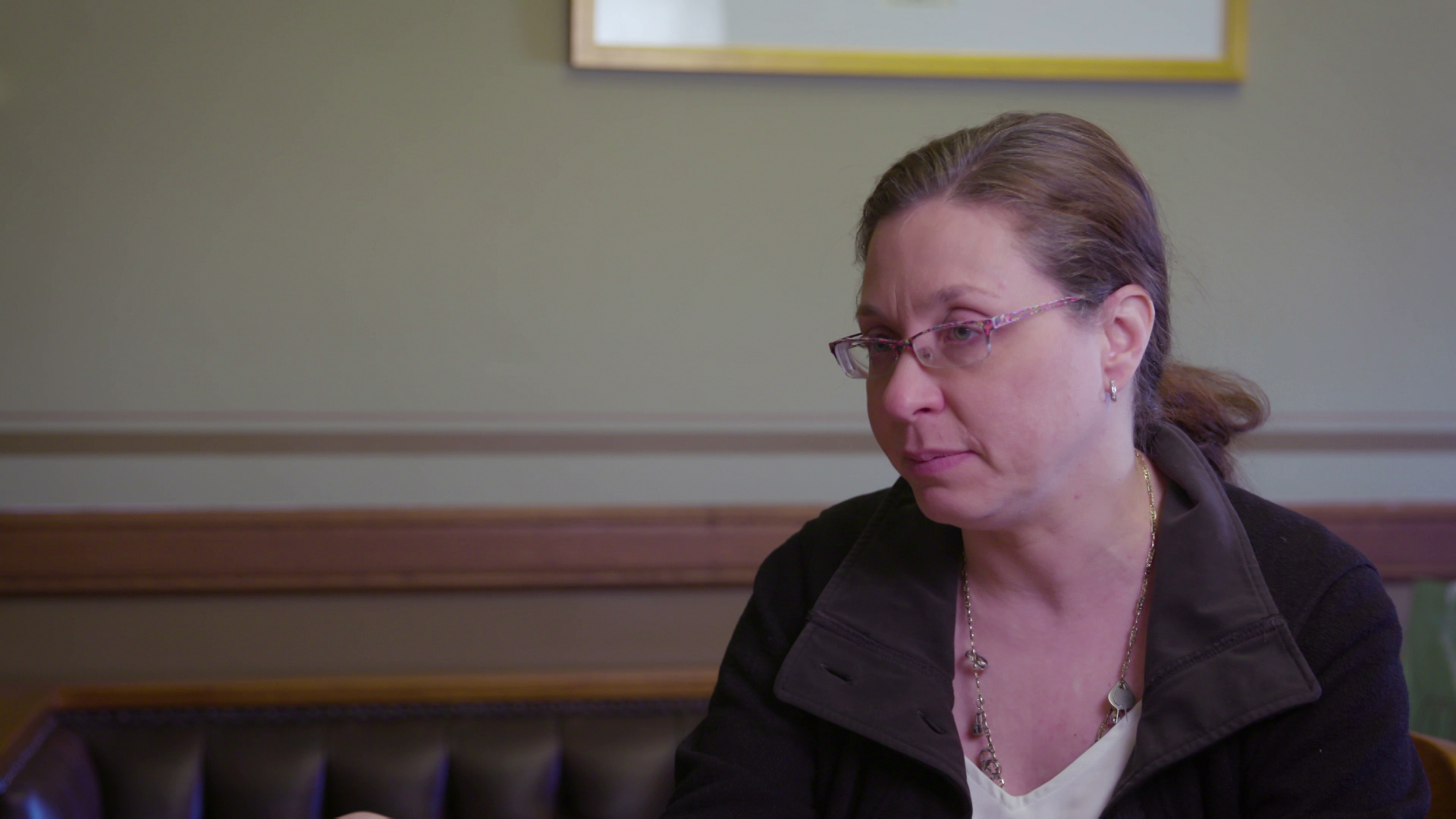
State Sen. Rachael Cabral-Guevara, R-Appleton, says she supports the idea of more funding for youth mental health services in Wisconsin. (Credit: PBS Wisconsin)
Young people are also turning to another source to get the help they need with their mental health – they’re seeking out each other.
At Merrill High School, there’s Raise Your Voice club where students learn about different mental health problems and how to help one another.
“The mission statement that goes behind Raise Your Voice is we are dedicated to breaking the stigma around mental health,” said Lahti, the Merrill student. “We do that through monthly meetings with our club members and a lot of activities out in the community.”
Over the past three years, the club members have held a community walk to raise awareness and show support for those with mental health issues.
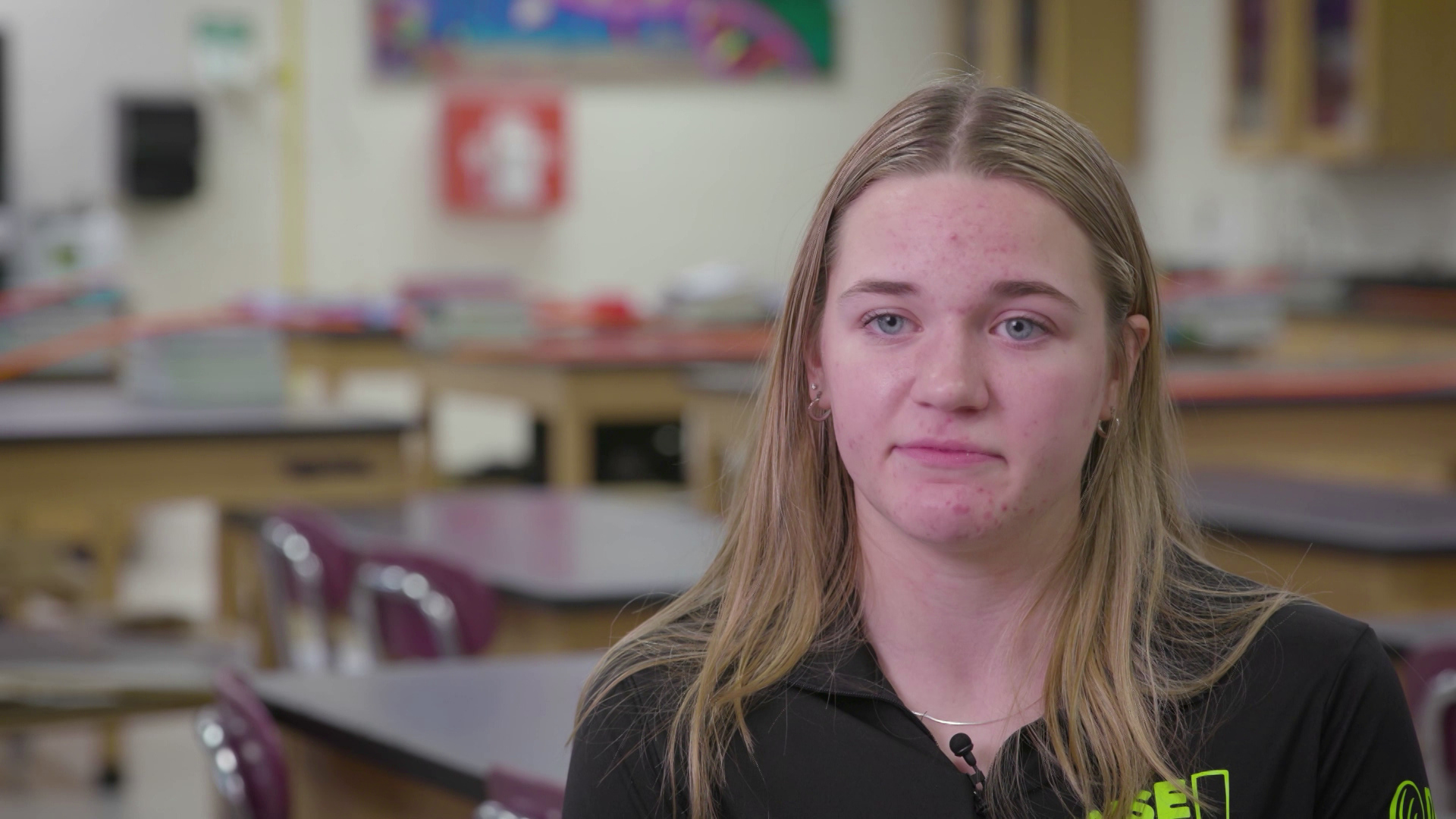
Reggie Lahti is a member of the Raise Your Voice club at Merrill High School, which tries to break stigma about mental health among students. “You can’t walk through a classroom without seeing someone who might be struggling,” she says. (Credit: PBS Wisconsin)
Students like Lahti say they’re becoming more open with each other about their day-to-day mental health challenges.
“I don’t have an issue sitting down and saying, ‘I’m very anxious today and I’m having a hard time functioning.’ And they will sit there and be like, ‘That’s okay’ and ‘Not every day can be perfect,'” she explained. “I can have these really insightful and mature conversations with my friends over how I’m feeling and vice versa, because we all have a general understanding that it’s something that happens and it’s not something that can just, poof, go away.”
- Participants in the Raise Your Voice club at Merrill High School gather for a meeting. (Credit: PBS Wisconsin)
- A participant in the Raise Your Voice club at Merrill High School paints an image of support on a stone. (Credit: PBS Wisconsin)
Students say supporting each other and breaking down the stigma around mental health struggles can make a big difference.
“I think that it’s really important to also make our peers understand that this is occurring around you, and here’s what you can do to help people, because that is going to be what goes around, comes around,” Lahti shared. “It’s going to come back to you – people are going to help you, if you help others.”
If you or someone you know is struggling with mental health, substance abuse problem and/or thoughts of suicide, call the free and confidential 988 Suicide & Crisis Lifeline. You can also text HOPELINE to 741741 for the free and confidential Crisis Text Line.
 Passport
Passport




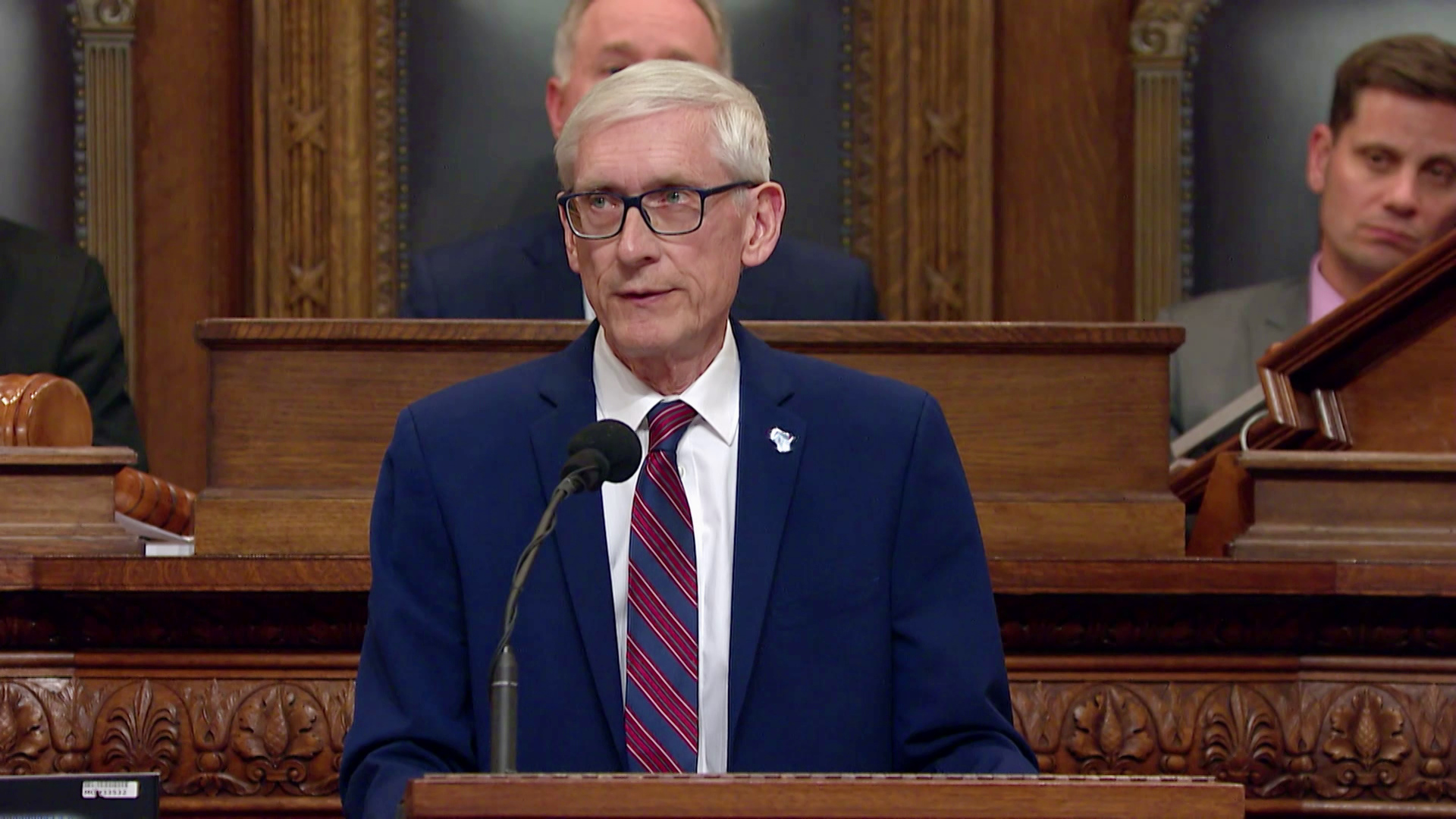
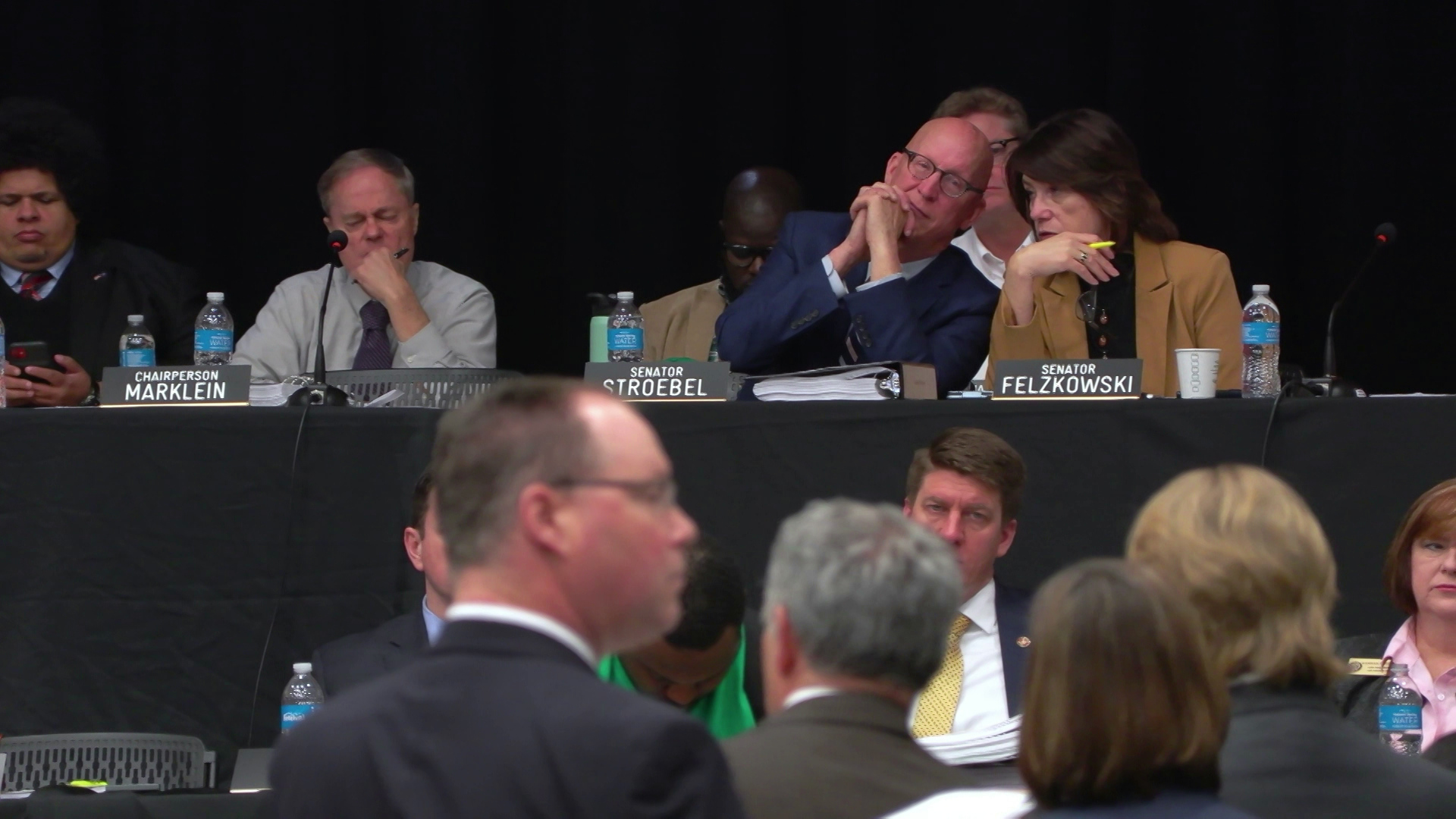
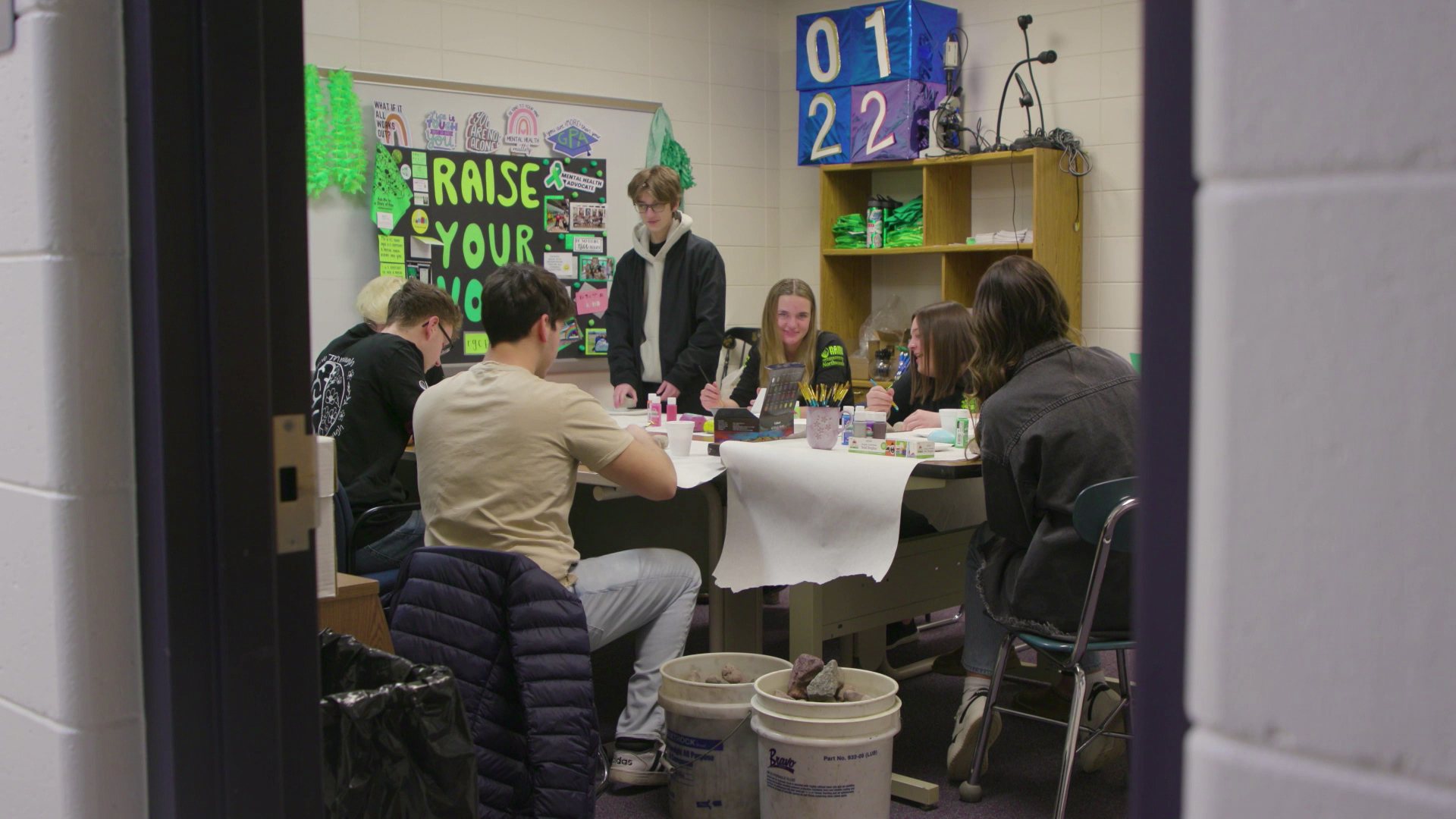
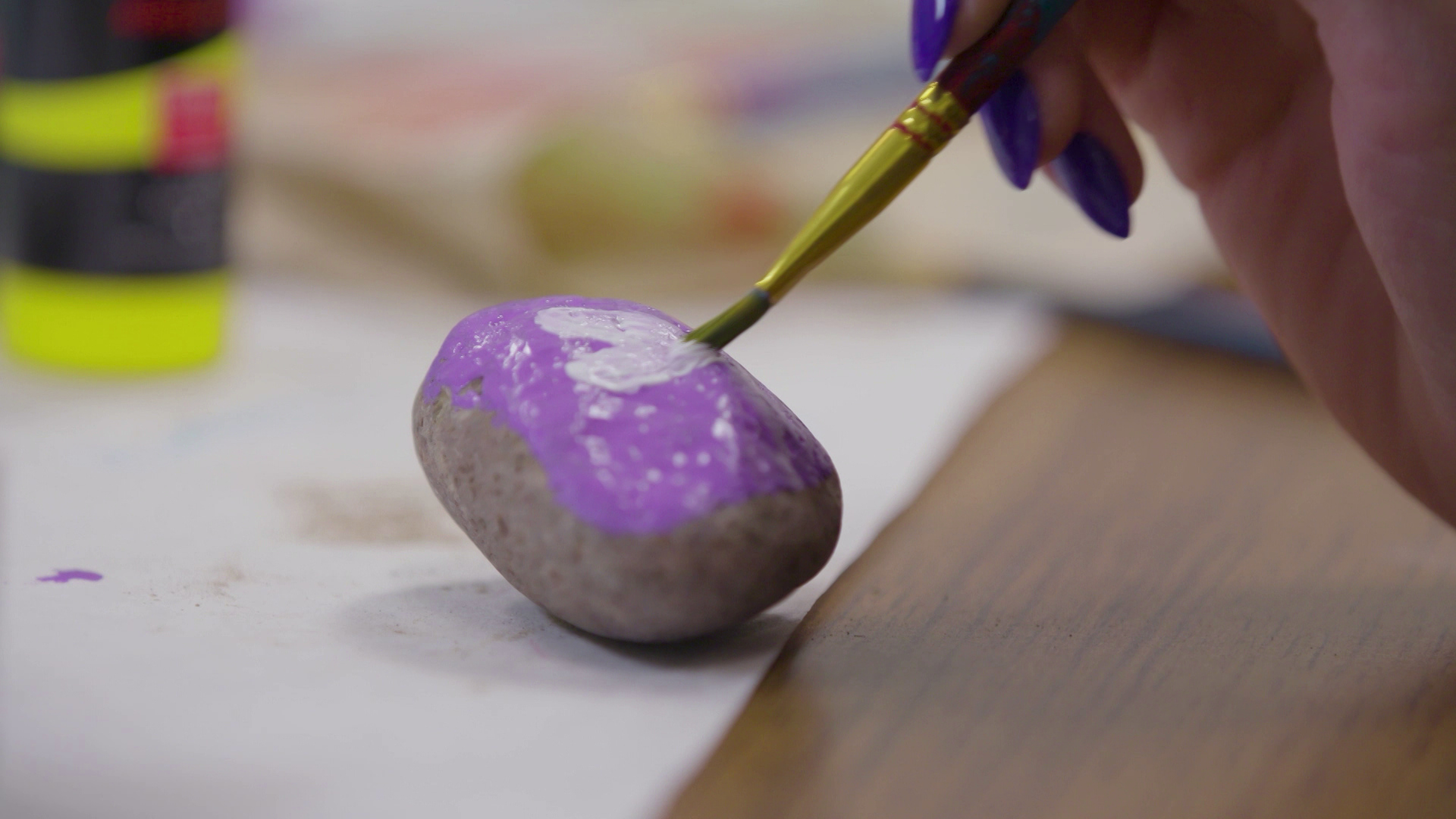

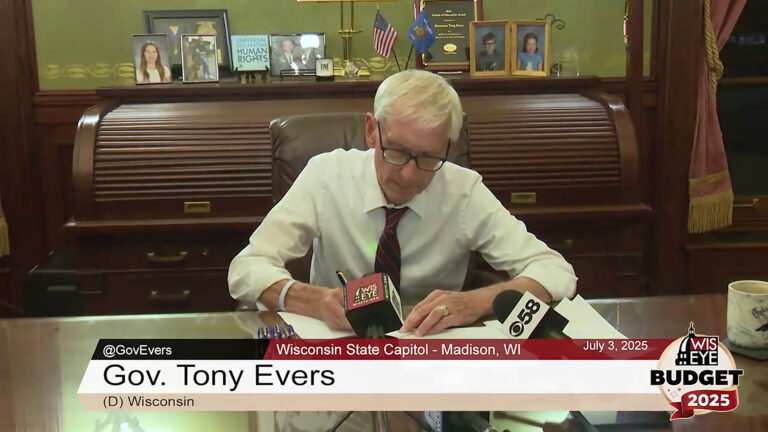

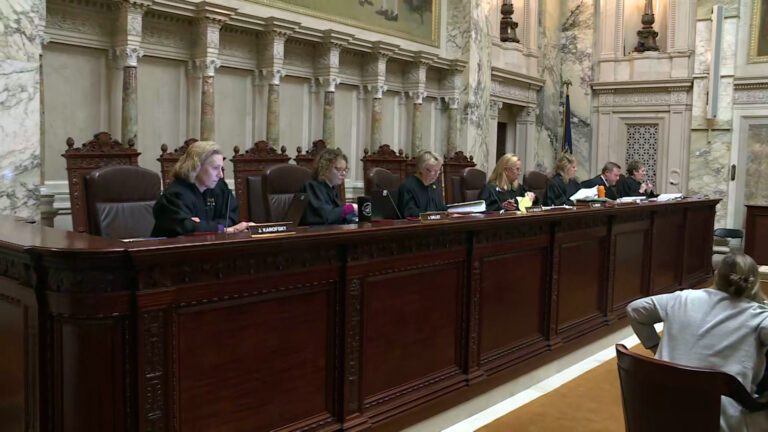

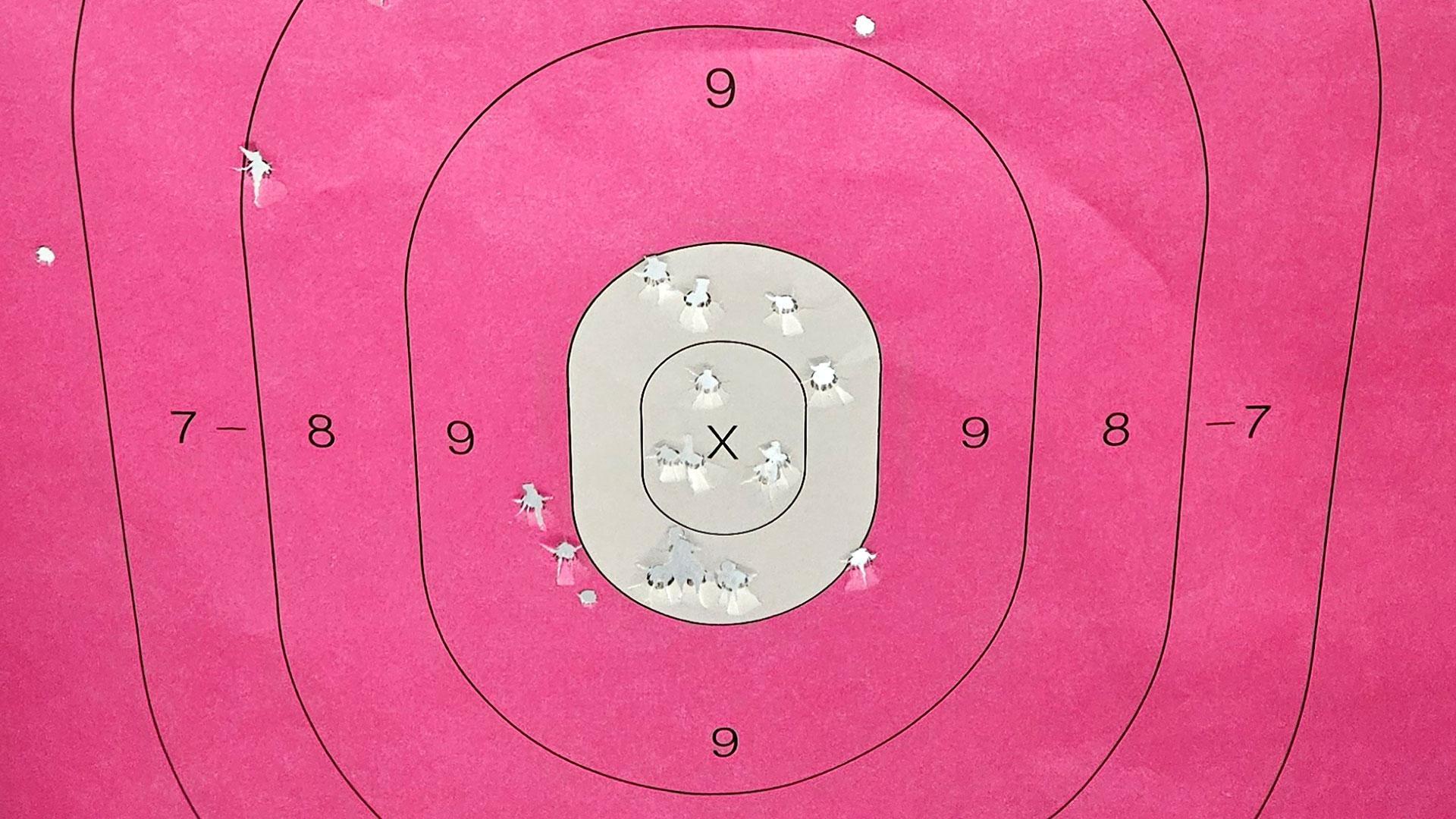

Follow Us